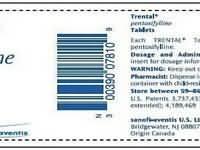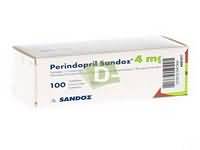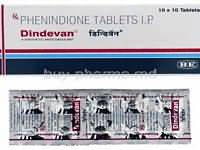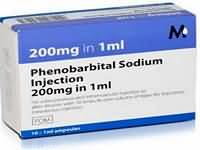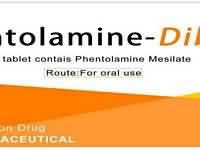Bleomycin
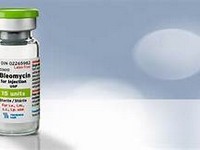
Bleomycin
CLINICAL USE
Antineoplastic agent
DOSE IN NORMAL RENAL FUNCTION
Squamous cell carcinoma and testicular teratoma:
range 45–60 × 10 3 IU per week IM/IV (total cumulative dose up to 500 × 103 IU)OR, continuous IV infusion 15 × 10 3 IU/24 hours for up to 10 daysOR, 30 × 10 3 IU/24 hours for up to 5 daysMalignant lymphomas:15–30 × 10 3 IU/week IM to total dose of 225 × 103 IU Lower doses required in combination chemotherapyMalignant effusions:60 × 10 3 IU in 100 mL sodium chloride 0.9% intrapleurally (total cumulative dose of 500 × 103 IU) PHARMACOKINETICS
Molecular weight :Approximately 1500 %Protein binding :<1 %Excreted unchanged in urine : 60–70 Volume of distribution (L/kg) :0.3half-life – normal/ESRD (hrs) :4 (bolus), 9 (continuous infusion)/20 DOSE IN RENAL IMPAIRMENT
GFR (mL/MIN)
20 to 50 : Dose as in normal renal function 10 to 20 : 75% of normal dose (100% for malignant effusions) <10 : 50% of normal dose (100% for malignant effusions) DOSE IN PATIENTS UNDERGOING RENAL REPLACEMENT THERAPIES
CAPD :Not dialysed. Dose as in GFR <10 mL/min HD :Not dialysed. Dose as in GFR <10 mL/minHDF/high flux :Unknown dialysability. Dose as in GFR <10 mL/minCAV/VVHD :Unknown dialysability. Dose as in GFR 10 to 20 mL/min IMPORTANT DRUG INTERACTIONS
Potentially hazardous interactions with other drugsAntipsychotics: avoid concomitant use with clozapine, increased risk of agranulocytosisCytotoxics: increased pulmonary toxicity with cisplatin; in combination with vinca alkaloids can lead to Raynaud’s syndrome and peripheral ischaemia ADMINISTRATION
Reconstition
IM: dissolve required dose in up to 5 mL sodium chloride 0.9% (or 1% solution of lidocaine if pain on injection)IV: dissolve dose in 5–200 mL sodium chloride 0.9%Intracavitary: 60 × 10 3 IU in 100 mL sodium chloride 0.9%Locally: dissolve in sodium chloride 0.9% to make a 1–3 ×103 IU/mL solution Route
IM, IV, also intra-arterially, intrapleurally, intraperitoneally, locally into tumour Rate of Administration
Give by slow IV injection, or add to reservoir of a running IV infusion Comments
Avoid direct contact with the skin OTHER INFORMATION
Lesions of skin and oral mucosa common after full course of bleomycinPulmonary toxicity: interstitial pneumonia and fibrosis – most serious delayed effectIn patients with moderately severe renal impairment less than 20% of the dose is excreted in the urineRapid distribution to body tissues (highest concentration is in skin, lungs, peritoneum and lymph)Inactivation takes place primarily in the liver. Approximately 60–70% of drug is excreted unchanged in the urine, probably by glomerular filtration
See how to identify renal failure stages according to GFR calculation
See how to diagnose irreversible renal disease
Home



